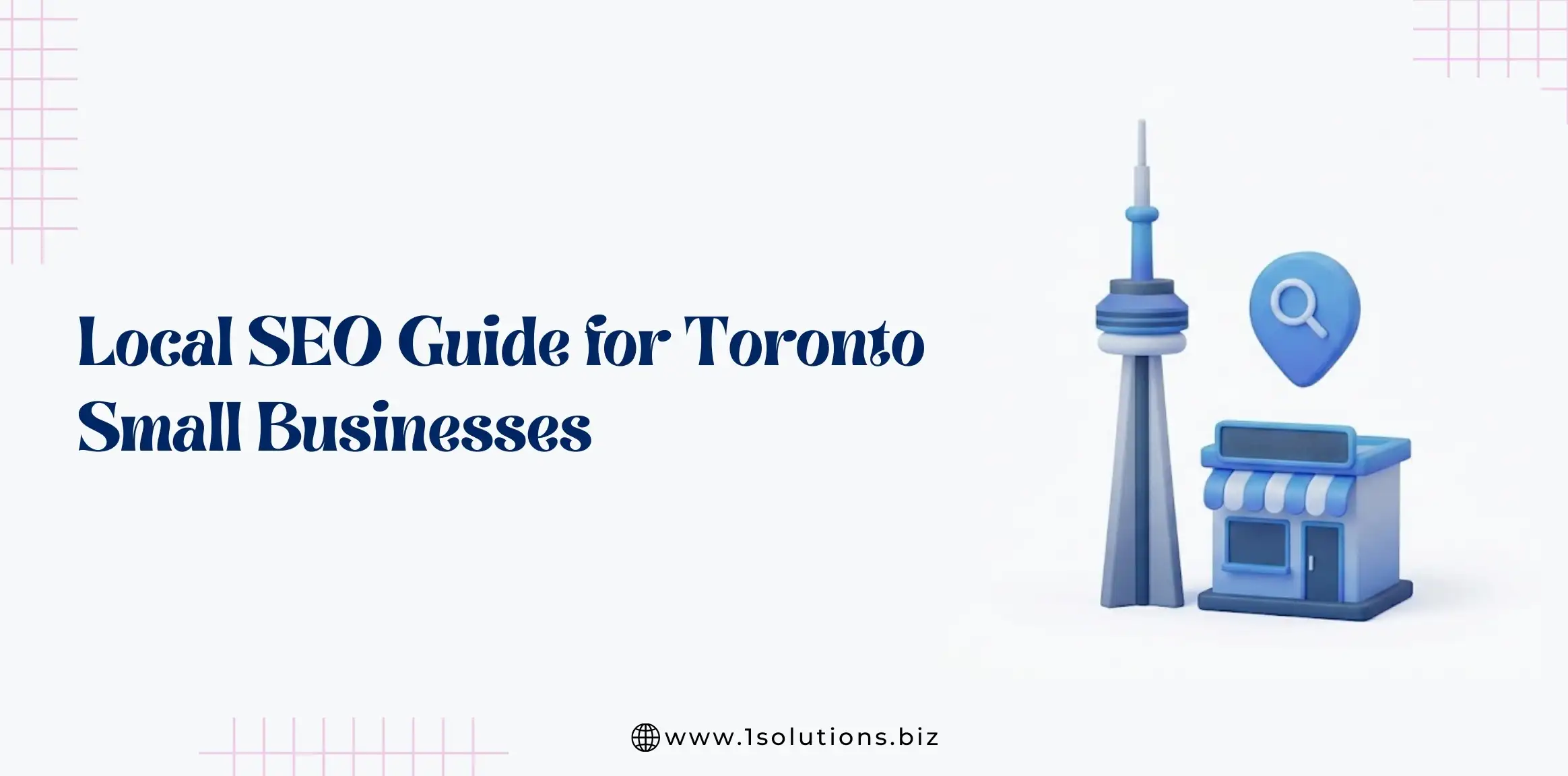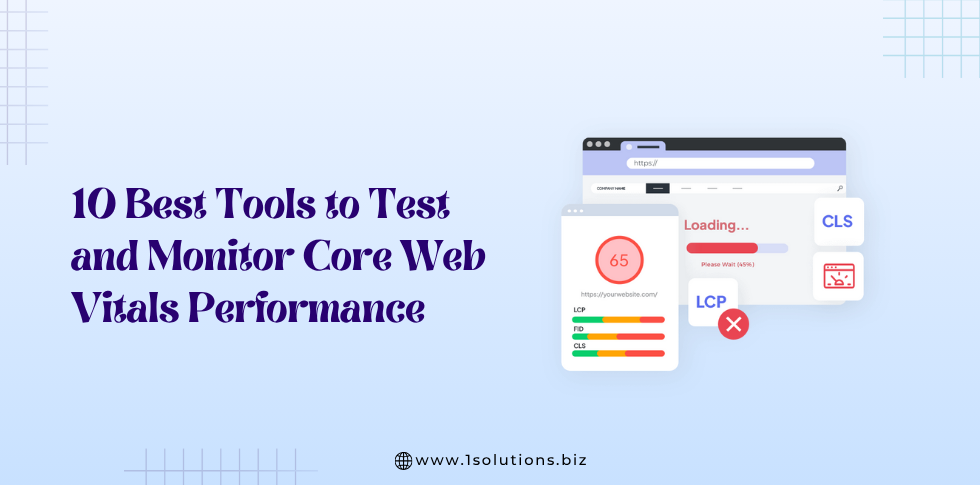Introduction
In today’s hyper-competitive digital world, ranking at the top of Google search results is the ultimate goal for businesses, bloggers, and content creators. With over 3.5 billion searches conducted daily, Google is the primary gateway to visibility, organic traffic, and revenue.
Yet, the stakes are high: according to Backlinko, only 0.78% of searchers venture to the second page. If your website isn’t on page one—better yet, in the top three—you’re effectively invisible to most of your potential audience.
So, how do you secure those coveted top spots?
It’s not about gaming the system with outdated tricks or black-hat tactics. Google’s algorithm has evolved dramatically, prioritizing user intent, high-quality content, and technical excellence over keyword stuffing or spammy links.
Ranking high requires a strategic blend of keyword research, on-page optimization, technical SEO, authoritative backlinks, and an exceptional user experience.
In this comprehensive guide, we’ll walk you through proven, actionable strategies to dominate Google’s search engine results pages (SERPs). Whether you’re a small business owner, a digital marketing company, or a website developer, these steps will empower you to outshine competitors and drive sustainable traffic.
Must Read – What is Organic SEO and Its Benefits.
Target the Right Keywords
The journey to the top of Google begins with targeting the right keywords. Keywords are the bridge between what your audience searches for and the content you provide. Choose poorly, and you’ll attract the wrong visitors—or none at all. Choose wisely, and you’ll see a steady flow of qualified traffic. Here’s how to master keyword targeting:
a. Understand User Intent
Google’s algorithm, powered by technologies like BERT, is obsessed with delivering results that match user intent—the underlying purpose of a search. There are four main types of intent:
- Informational: Users seek answers (e.g., “how to rank on Google”).
- Navigational: Users look for a specific site (e.g., “1Solutions blog”).
- Transactional: Users want to buy (e.g., “best SEO services”).
- Commercial Investigation: Users research before purchasing (e.g., “top SEO tools 2025”).
Before selecting keywords, ask: What does my audience need? Align your content with their intent. This article, for instance, targets informational intent, aiming to educate readers on ranking strategies.
b. Use Keyword Research Tools
Forget guesswork—leverage tools like Ahrefs, SEMrush, and Google Keyword Planner to uncover data on search volume, competition, and keyword difficulty (KD). Start with seed keywords related to your niche—say, “SEO tips” or “Google ranking factors”—and explore related terms. Focus on:
- High-volume keywords: Indicate demand.
- Low-to-medium competition: Easier to rank for.
- Long-tail keywords: Specific phrases like “how to rank on Google in 2025” with less competition and higher conversion potential.
c. Analyze Competitors
Your competitors are a goldmine of insights. Use tools like Moz to see who’s ranking for your target keywords. Analyze their title tags, headings, and content structure. Are they targeting broad terms or niche phrases? Reverse-engineer their approach, then improve upon it.
For a deeper dive into website analysis, check out our guide on 12 SEO Audit Tools to Use for Website Analysis & Optimization.
d. Prioritize Long-Tail Keywords
Long-tail keywords—phrases with three or more words—account for 70% of searches, according to Search Engine Journal. Terms like “how to rank on top of Google search results” are less competitive than “SEO,” making them ideal for newer or smaller sites.
e. Map Keywords to Content
Once you’ve built a keyword list, assign each term to a specific page or blog post. Avoid keyword cannibalization—using the same keyword across multiple pages—which confuses Google.
f. Stay Updated
Keyword trends evolve. Use Google Trends to spot rising searches—like “AI-powered SEO” in 2025—and adapt your strategy accordingly.
By targeting the right keywords, you set the stage for everything else. Let’s move on to crafting content that Google and users can’t resist.
Read our post on 5 Key SEO Strategies for Google News Article Ranking.
Create High-Quality, User-Focused Content
Keywords alone won’t propel you to the top—content quality is the key. Google rewards content that’s valuable, engaging, and optimized for users. Here’s how to create content that ranks:
a. Write for Humans, Not Bots
Google’s algorithms, like RankBrain, prioritize natural language and user satisfaction. Write clear, conversational content that answers questions thoroughly. Avoid keyword stuffing—use terms naturally instead.
b. Aim for Depth
Longer content (2,000+ words) often ranks higher because it covers topics comprehensively. This article exemplifies that by diving deep into each step, offering actionable advice over fluff.
c. Optimize On-Page Elements
Incorporate your primary keyword strategically:
- Title Tag: Keep it under 60 characters (e.g., “How to Rank on Top of Google Search Results”).
- Meta Description: A compelling 150–160-character summary.
- H1 Heading: One per page, matching the title.
- Subheadings (H2, H3): Break up text and weave in secondary keywords.
- First 100 Words: Signal relevance early.
d. Add Visuals
Images, infographics, and videos boost engagement and time on page. Compress files for speed and use descriptive alt text (e.g., “keyword research tools 2025”).
e. Answer People Also Ask (PAA) Questions
Check Google’s “People Also Ask” section for your keyword. Address these queries in your content to target featured snippets—prime SERP real estate that drives clicks.
f. Update Regularly
Fresh content ranks higher. Revisit older posts to refresh stats, add new insights, and re-optimize for current trends.
Great content keeps users coming back and signals authority to Google. Next, let’s tackle the technical side.
Must Read – How to Boost Your SEO Efforts with Page Content Analysis
Master Technical SEO
Even the best content won’t rank if your site has technical flaws. Technical SEO ensures Google can crawl, index, and rank your pages effectively. Here’s what to focus on:
a. Optimize Site Speed
Slow sites frustrate users and hurt rankings. Use Google PageSpeed Insights to identify and fix load time issues—aim for under 3 seconds.
b. Ensure Mobile-Friendliness
With mobile searches dominating, a responsive design is non-negotiable. Test your site with Google’s Mobile-Friendly Test.
c. Secure Your Site with HTTPS
An SSL certificate (HTTPS) is a ranking signal and builds trust. Most hosting providers offer this—activate it if you haven’t.
d. Submit an XML Sitemap
An XML sitemap helps Google crawl your site efficiently. Create one and submit it via Google Search Console.
e. Fix Crawl Errors
Broken links and 404 errors hinder indexing. Monitor and resolve these in Search Console.
Technical SEO is the backbone of visibility. With this in place, let’s explore backlinks.
Must Read – 12 SEO Audit Tools to Use for Website Analysis & Optimization.
Build High-Quality Backlinks
Backlinks remain one of Google’s top ranking factors, signaling authority and trust. Here’s how to earn them:
a. Guest Posting
Write for reputable sites in your niche, like Forbes or industry blogs, and include a link back to your content.
b. Create Linkable Assets
Guides, infographics, and tools naturally attract links. This article, for example, is a link-worthy resource due to its depth.
c. Outreach
Pitch your content to bloggers, journalists, and influencers. Personalize emails and highlight value—don’t just ask for links.
Quality trumps quantity—focus on authoritative, relevant sites over spammy directories.
Backlinks amplify your authority. Next, let’s enhance user experience.
Must Read – How to Build Backlinks Naturally
Leverage User Experience (UX) Signals
Google tracks UX signals like dwell time, bounce rate, and click-through rate (CTR) to gauge content quality. Here’s how to optimize:
a. Improve Navigation
Clear menus and internal links to help users explore your site easily.
b. Design for Engagement
Use readable fonts, ample white space, and strong calls-to-action (CTAs). A cluttered site drives visitors away.
c. Match Search Intent
If users leave quickly (high bounce rate), your content may not align with their query. Double-check intent during keyword research.
A great UX keeps users engaged and signals relevance to Google. Finally, let’s track your progress.
Track and Refine Your Strategy
SEO isn’t set-it-and-forget-it—it’s an ongoing process. Use tools to monitor and refine your efforts:
a. Monitor Rankings
Track keyword positions with Google Search Console or SEMrush.
b. Analyze Traffic
Google Analytics reveals organic traffic trends and user behavior.
c. Measure Conversions
Assess ROI—whether it’s sales, sign-ups, or leads—to gauge success.
d. Adjust Accordingly
If a keyword isn’t performing, pivot. For news-specific tactics, Data-driven tweaks keep you climbing. SEO is a marathon, not a sprint.
Optimize for Voice Search and Featured Snippets (Approx. 500 words)
As search evolves, optimizing for voice search and featured snippets is a game-changer for ranking on Google. With devices like Amazon Echo and Google Home driving voice queries—projected to account for 50% of searches by 2025, per Search Engine Land—and featured snippets dominating SERPs, these tactics can catapult you to the top.
a. Target Conversational Keywords
Voice search queries are longer and more conversational than typed searches. Instead of “SEO tips,” users ask, “What are the best SEO tips for 2025?” Use tools like AnswerThePublic to find question-based, long-tail keywords. Incorporate these naturally into your content, as we’ve done here with “how to rank on top of Google search results.”
b. Structure Content for Snippets
Featured snippets—those answer boxes at the top of SERPs—drive massive traffic. To win them, format content to directly answer common questions. Use concise paragraphs (40–60 words), bullet points, or tables. For example, addressing “How do I improve my Google ranking?” with a clear list increases your snippet chances.
c. Optimize for Mobile Voice
Most voice searches happen on mobile, so ensure your site is lightning-fast and responsive. Test with Google’s Mobile-Friendly Test and aim for conversational tone—think how people speak, not write.
d. Leverage Schema Markup
Schema markup helps Google understand your content, boosting snippet eligibility. Add structured data for FAQs, how-tos, or articles via Schema.org.
e. Monitor Performance
Track snippet wins and voice search traffic in Google Search Console. Adjust based on what ranks.
By optimizing for these trends, you’ll capture modern searchers and secure prime SERP real estate.
Read this – What is Dublin Core Meta Tag and Does It Boost Your SEO?
Harness the Power of Local SEO
For businesses with a physical presence or regional audience, local SEO is a must to rank on Google. With 46% of searches having local intent, optimizing for “near me” queries and Google Maps can drive foot traffic and leads.
a. Claim Your Google Business Profile
A fully optimized Google Business Profile (GBP) is your local SEO foundation. Claim it, add accurate details (name, address, phone), and upload photos. Regular updates—like posts or offers—signal activity to Google.
b. Target Local Keywords
Incorporate location-specific keywords like “SEO services in New York” into your content, titles, and meta tags. Use Google Keyword Planner to find regional variations with solid search volume.
c. Earn Local Backlinks
Links from local sites—chamber of commerce pages, regional blogs, or newspapers—boost authority.
d. Encourage Reviews
Positive reviews on GBP and platforms like Yelp improve rankings. Respond to all reviews—good or bad—to show engagement. Google favors businesses with consistent, authentic feedback.
e. Optimize for Mobile and Maps
Most local searches happen on mobile. Ensure your site loads fast (check Google PageSpeed Insights) and includes a clickable phone number and map embed.
Must Read – What is Organic SEO and Its Benefits
Utilize Social Media to Boost SEO (Approx. 500 words)
While social media signals aren’t direct ranking factors, they amplify your SEO efforts by driving traffic, engagement, and brand visibility. Here’s how to leverage platforms like Twitter, LinkedIn, and Instagram:
a. Share Content Strategically
Post links to your articles—like this one—on social channels with compelling captions. High engagement (shares, likes) increases visibility, encouraging organic backlinks.
b. Build Brand Authority
Consistent posting and interaction establish your brand as a niche leader. Google notices when branded searches (e.g., “1Solutions SEO tips”) rise, indirectly boosting rankings.
c. Drive Traffic to Your Site
Social posts funnel users to your content, lowering bounce rates and increasing dwell time—key UX signals. Pair this with strong on-page optimization from How to Boost Your SEO Efforts with Page Content Analysis.
d. Collaborate with Influencers
Partner with industry influencers to share your content. Their endorsement can spark backlinks and social buzz, amplifying reach.
e. Monitor Social Metrics
Use Google Analytics to track referral traffic from social platforms. Adjust your strategy based on what drives clicks.
Social media turbocharges your SEO by expanding your audience and reinforcing authority.
Must read- How to Build Backlinks Naturally
Avoid Common SEO Pitfalls
Even the best strategies can falter if you fall into common traps. Avoiding these pitfalls keeps your site climbing the SERPs.
a. Don’t Overstuff Keywords
Cramming keywords unnaturally harms readability and triggers penalties. Focus on user value, as advised in 5 Key SEO Strategies for Google News Article Ranking.
b. Avoid Thin Content
Short, low-value pages hurt rankings. Aim for depth—2,000+ words when possible.
c. Fix Technical Issues
Broken links, slow load times, or duplicate content confuse Google. Regularly audit your site with 12 SEO Audit Tools to Use for Website Analysis & Optimization.
d. Don’t Buy Links
Cheap, spammy backlinks invite penalties. Stick to ethical methods from How to Build Backlinks Naturally.
e. Stay Compliant
Google’s guidelines evolve—ignoring updates risks drops. Follow Google’s Webmaster Blog for the latest.
Steering clear of these errors ensures steady progress toward the top.
Conclusion
Ranking on top of Google isn’t magic—it’s a deliberate, multi-faceted strategy. Start by targeting the right keywords, then craft high-quality content, optimize technically, build authoritative backlinks, enhance user experience, and track your progress.
Each step builds on the last, creating a robust foundation for long-term success. Want to dive deeper into organic growth? Explore What is Organic SEO and Its Benefits for a broader perspective.
The payoff? More visibility, more traffic, and more revenue. But it takes consistency and patience—results won’t happen overnight. Whether you’re a DIY enthusiast or need expert help, 1Solutions offers professional SEO services to accelerate your journey.
From keyword research to backlink building, we’ve got the tools and expertise to get you to the top. Ready to dominate the SERPs? Start implementing these strategies today and watch your rankings soar.






























 in India
in India